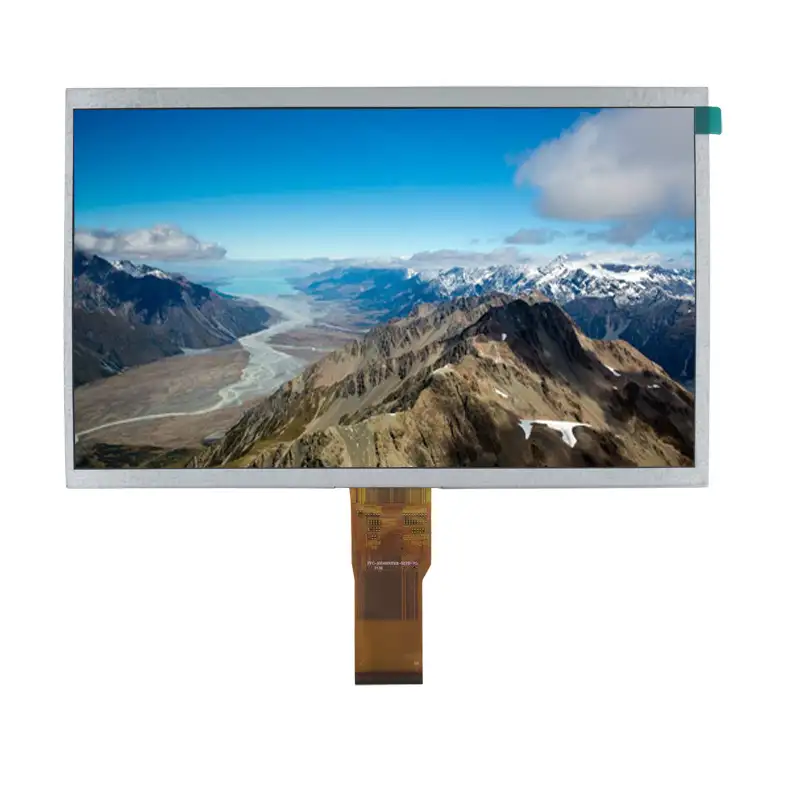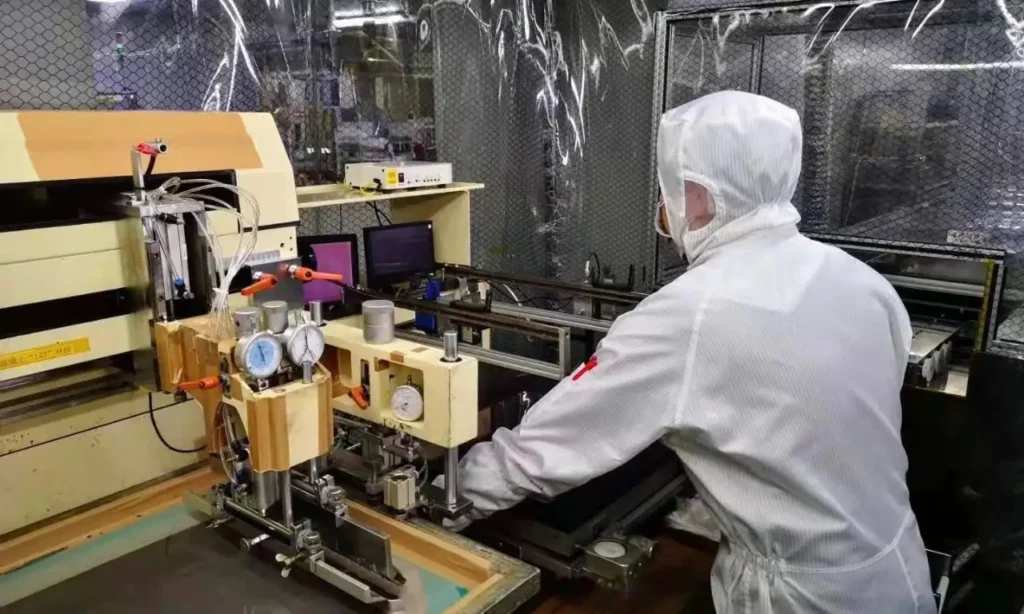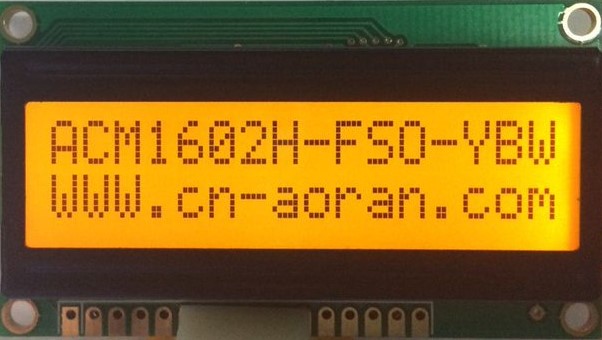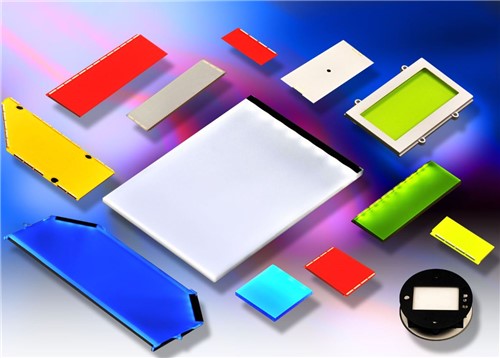Have you ever wondered why some displays look sharper and more vibrant than others? In the world of industrial LCD displays, understanding the differences between Graphic LCD and TFT LCD is crucial. These technologies are at the heart of various applications, from simple monitors to complex industrial control panels. But what sets them apart, and how do you choose the right one for your needs?
Two common display technologies seen in a variety of electronic gadgets are graphic LCDs and TFT LCDs. While Graphic LCDs are known for their simplicity and low power consumption, TFT LCDs are celebrated for their superior display quality and vibrant colors.

Selecting the appropriate display technology may have a big influence on how well your application works. Let’s take a closer look at the differences between Graphic LCD and TFT LCD to assist you make an informed selection.
What is a Graphic LCD?
The Underdog Emerges
Imagine a hero that’s been in the fray since the dawn of portable electronics. That’s Graphic LCD for you—a device that typically presents information in a monochrome (black and white) or limited color palette. Because of its simplicity, it is extremely power-efficient and cost-effective, making it ideal for basic applications like early mobile phones, simple gaming devices, and the modest calculator.

Features That Forge Legends
- Monochrome Magic: Often found in black and white, making for clear visibility even under direct sunlight.
- Sips Power: Its minimalist design translates to lower energy consumption.
- Cost-Effective: Less complexity means it’s lighter on the wallet.
- Rugged Reliability: Simplicity equals fewer things that can go wrong, making it a sturdy choice for many applications.
Despite its less glamorous facade compared to its TFT sibling, Graphic LCDs hold their ground where practicality and longevity are prized like Character LCD.
What is TFT LCD?
Enter the Vanguard of Visuals
Then we have the TFT LCD (Thin Film Transistor Liquid Crystal Display), the flamboyant sibling in the LCD family. Boasting millions of colors and a capacity for intricate graphics, TFT screens are the go-to for high-resolution, color-critical applications. From smartphones and displays to automotive navigation systems, their capacity to generate rich graphics makes them a popular choice among industry professionals.

Chronicles of Chroma and Clarity
- Color Kingdom: Capable of displaying millions of colors for photo-realistic images.
- Speed of Light: Faster refresh rates reduce motion blur in video and gaming applications.
- In the Angle: Wider viewing angles mean you’re not fighting for that sweet spot.
- Touch of Genius: Often paired with touch screen technology, expanding their realm into interactive applications.
While the TFT LCD reigns supreme in the land of color and clarity, this kingdom of chroma comes at the cost of higher power consumption and complexity.
What is Display Quality Differences?
When it comes to display quality, the main differences between Graphic LCDs and TFT LCDs lie in their resolution, color depth, and viewing angles.
- Resolution: TFT LCDs typically offer higher resolution than Graphic LCDs, meaning they can display more detailed images. This is necessary for situations where clarity and precision are critical, such medical equipment or sophisticated industrial control systems.
- Color Depth: TFT LCDs can display a wider range of colors compared to Graphic LCDs, which are often limited to monochrome or simple color schemes. TFT LCDs are therefore perfect for uses like digital signs and multimedia devices where color vibrancy and accuracy are crucial.
- Viewing Angles: TFT LCDs generally have wider viewing angles than Graphic LCDs, ensuring that the display remains clear and visible from different perspectives. This is especially critical for devices used in public or by numerous users at the same time.
Comparing Power Consumption: Which is More Energy Efficient?
Many applications, particularly those that depend on battery power or must function effectively to save energy expenses, consider power consumption to be a crucial component.
- Graphic LCDs are known for their low power consumption, as they require less energy to control the liquid crystals. For battery-operated gadgets or applications where energy efficiency is a top concern, this qualifies them.
- TFT LCDs, on the other hand, consume more power due to their active matrix technology and backlighting requirements. But technological advancements have produced more energy-efficient TFT LCDs, opening up a larger range of applications for them.
Response Time and Refresh Rates: What’s the Difference?
Performance of a display can be greatly impacted by its reaction time and refresh rate, particularly in applications that call for quickly changing graphics or real-time data updates.
- Graphic LCDs typically have slower response times and lower refresh rates compared to TFT LCDs. Because of this, they are less appropriate for applications like dynamic dashboards or video playback that demand seamless motion or fast updates.
- TFT LCDs, with their faster response times and higher refresh rates, are better equipped to handle dynamic content. They are therefore perfect for applications involving gaming, streaming videos, or any other scenario requiring fast screen updates.
Applications: Where are Graphic LCDs and TFT LCDs Best Used?
Selecting the appropriate display technology for your particular application can be made easier if you are aware of its advantages and disadvantages.
- Graphic LCDs: Applications including portable devices, basic industrial monitors, and consumer electronics that demand basic visual output and minimal power consumption frequently employ graphic LCDs.
- TFT LCDs: Smartphones, tablets, high-end industrial control panels, and multimedia displays all benefit from TFT LCDs, which have great resolution, brilliant colors, and quick refresh rates.
Cost Considerations: Balancing Quality and Budget
When selecting a display technology, cost is an important factor to consider. Because graphic LCDs are often less expensive than TFT LCDs, they are a preferred option for applications with tight budgets or where sophisticated display characteristics are not required.
However, for applications that require superior display quality and performance, the investment in TFT LCD technology can be justified by the enhanced user experience and functionality it provides.
More related questions
Is LCD Good for Graphic Design?
For graphic design, LCDs can be a good choice, especially high-quality IPS panels that offer accurate color reproduction and wide viewing angles. However, for the most precise color work, OLED or higher-end LCDs might be preferable.
Is TFT LCD Good for Eyes?
TFT LCDs are generally safe for the eyes, but prolonged use can cause strain. Look for screens with flicker-free technology and blue light filters to reduce eye fatigue.
What Are the Cons of TFT LCD?
TFT LCDs have some drawbacks, including limited viewing angles, potential for motion blur, and less vibrant colors compared to other display technologies like OLED or IPS LCDs.

Conclusion
In summary, the choice between Graphic LCD and TFT LCD depends on the specific requirements of your application. Graphic LCDs are suitable for basic, low-power applications, while TFT LCDs are the better choice for high-resolution, color-intensive, and dynamic display needs. Understanding the differences between these technologies will help you make an informed decision that aligns with your project’s goals and budget.











